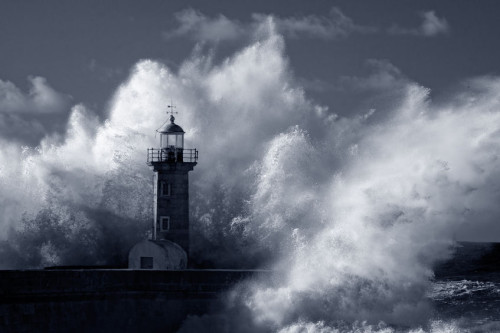 It seems every year, hurricane season gets a little worse. In recent years, we’ve seen the destructive toll taken by hurricanes Harvey, Maria, Florence and Michael. In light of the acceleration of unstable weather in the Atlantic (and the Pacific), we wanted to raise an important question: do you have a disaster plan in place to ensure your business survives the worst? It’s unpleasant to think about, but it’s critical to have a plan for when the worst-case-scenario hits your region.
It seems every year, hurricane season gets a little worse. In recent years, we’ve seen the destructive toll taken by hurricanes Harvey, Maria, Florence and Michael. In light of the acceleration of unstable weather in the Atlantic (and the Pacific), we wanted to raise an important question: do you have a disaster plan in place to ensure your business survives the worst? It’s unpleasant to think about, but it’s critical to have a plan for when the worst-case-scenario hits your region.
If you think you’re immune from suffering from a disaster, think again. According to the Federal Emergency Management Agency (FEMA), about 40 percent of small businesses don’t reopen following a disaster. You can be one of the lucky few with a little planning. And remember, you don’t need to live in Hurricane Alley to be impacted by natural disasters. Tornadoes routinely tear up the Midwest, while earthquakes and wildfires are a fact of life on the West Coast.
Here are a few tips for surviving any literal or proverbial storm:
1) Have a solid communications plan. In the midst of the worst, you need to be able to tell your employees what’s going on and how to handle it. Don’t bank on the availability of electronic communications.
2) Protect your assets. Business insurance can be a lifesaver. Don’t wait until it’s too late to secure your assets, whether physical or otherwise. Be sure to back up all electronic files for safekeeping.
3) Watch out for little things. Things like power outages, road closures, and equipment malfunction can really wreak havoc. Be sure to consider how these snafus might affect your business and how you might respond to them.
4) Practice your plan. Having a plan, but practicing that plan is just as important. That way, you can make sure everyone is ready when put to the test.
In short, as they say, if you fail to plan, then you plan to fail.
